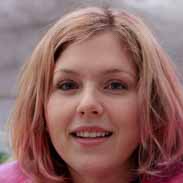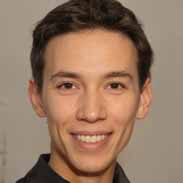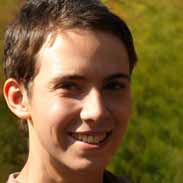General Adaptation Syndrome Flashcards, test questions and answers
Discover flashcards, test exam answers, and assignments to help you learn more about General Adaptation Syndrome and other subjects. Don’t miss the chance to use them for more effective college education. Use our database of questions and answers on General Adaptation Syndrome and get quick solutions for your test.
What is General Adaptation Syndrome?
The General Adaptation Syndrome (GAS) is a physiological response to stress that was first described by Hans Selye in 1936. It is composed of three stages: alarm, resistance, and exhaustion. Selye believed that all forms of stress, whether physical or psychological, produce the same nonspecific response in the body.In the alarm stage, the body reacts to a stressor by releasing hormones such as adrenaline and cortisol which prepare it for action. The nervous system also produces signals that speed up heart rate and breathing rate to increase blood flow throughout the body. This prepares the body for either fight or flight depending on how dangerous the situation is.The resistance stage occurs when an individual attempts to cope with or adapt to a perceived threat or a continuously stressful condition through behavioral changes such as avoidance or increased effort/activity level. As long as an individual’s energy reserves can sustain this coping behavior, they may be able to remain at this stage indefinitely without experiencing any ill effects; however if their energy reserves are depleted they may become vulnerable to illness due to weakened immunity due overuse of hormones during prolonged periods of resistance and distress. The exhaustion stage occurs when an individual’s resources have been completely depleted due over-work or too much stress without adequate rest and nutrition; leading them into a state of mental and physical fatigue which can lead further deterioration in health if not managed appropriately through restorative strategies such as cognitive-behavioral therapy (CBT), relaxation techniques (such as yoga), meditation practices, guided imagery etc. In addition if underlying medical conditions are present they should be addressed with appropriate treatments such as lifestyle changes and medications.



















